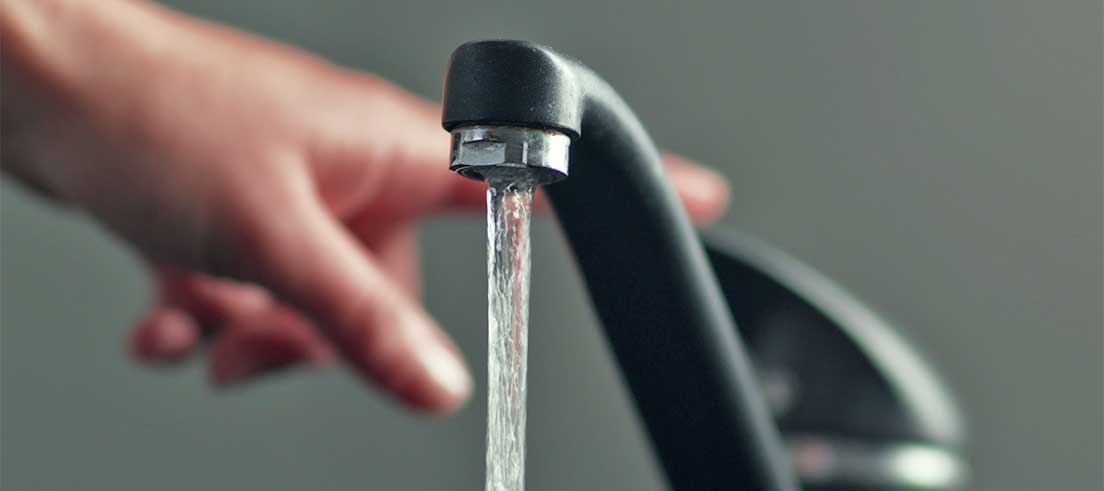Source:
Making sure your bore is in good working order and protected from contaminants is crucial to protecting your family and those living on your property from sickness.
Winter is coming, and that means wetter soils, deeper drainage, and a higher chance of surface water flooding — all of which can carry risk to your drinking water supply.
A study published in April 2025, from the Department of Public Health at University of Otago, and the Ngāi Tahu Research Centre at University of Canterbury, found that people using private water supplies in rural areas are more than twice as likely to get a Campylobacter infection compared to urban residents who have access to treated public water.
While often transmitted through contaminated food, campylobacteriosis can also be found in private water supplies, particularly in areas with a higher density of dairy farming.
“Waterborne disease outbreaks can occur due to various factors, such as heavy rainfall or spring runoff, improper disposal of manure, sewage, or wastewater, and issues with septic tanks, cesspools, sewers, or landfills,” the study said.
Look after your bore and keep your drinking water safe
There are some important steps to look after your bore:
1. Keep it tidy: Make sure your bore is fenced off from stock (at least 5 metres), is located well away from areas where fertiliser, pesticides or chemicals are used, and is as far away as practical from potential sources of contamination such as compost, rubbish, septic tanks, offal holes, and effluent disposal areas, as contaminants infiltrate into groundwater through the soil/land surface.
Consider checking the historical use of the land to understand possible groundwater contamination risks in the Listed Land Use Register.
2. Keep it sealed: To prevent stormwater and contaminants entering the water supply, the top of the borehead should be elevated and securely sealed.
The bore casing should extend at least 0.5m above the ground and ideally be surrounded by a concrete apron. Don’t forget a backflow preventer to stop contaminants siphoning back into your well.
3. Know your flow: Flooding situation? Heavy rain or snow? Power cut for an extended amount of time? Make sure you boil your water and don’t forget to let others on your water supply know to do the same.
Head to our drinking water page for more information and or download this handy printout on keeping your bore water safe (PDF file, 146.5KB).
For a secure borehead, follow these steps:
1. Borehead cap
Install a secure cap and seal between the casing and any hoses or cables going down the bore.
2. Borehead casing
Ensure the borehead casing is elevated at least half a meter above the ground surface.
3. Concrete apron
Seal between the borehead casing and the surrounding ground with a concrete apron. If you’re drilling a new bore, install a bentonite seal around the casing.
4. Backflow preventer
Install a backflow preventer to stop contaminants siphoning back into your bore.
5. Area around bore
Keep the area around the borehead clear of animals, pesticides, fertilisers, compost and rubbish.
6. Sample point
Have your groundwater supply tested if you suspect a problem with the water quality.
Who is responsible for my private drinking water?
If you have your own private water source, the responsibility for maintenance and testing of drinking water rests with you.
If you own or operate a water supply that’s being used as drinking water by people outside of your own home (for example workers’ dwellings), you’re deemed to be a drinking water supplier and will have responsibilities under the Water Services Act 2021 to ensure safe drinking water to those people who rely on your supply.
Taumata Arowai can help you determine if you’re a water supplier, what that means, and key timeframes for registering your supply under the Water Services Act.
A test is best
It’s a good idea to carry our regular analysis on your water supply, whether it’s bore or rainwater collection.
Nitrate is just one risk factor in people’s water supplies. Pathogens such as E. coli can also enter water sources (particularly if there’s been heavy rain or you’ve had flooding through your property).
Copper and lead plumbing in older dwellings can affect the quality and taste of your water. In some areas, the groundwater has naturally high levels of manganese or arsenic, which can also pose a health risk.
The best way to check water quality is to collect a water sample and have this tested by an independently accredited IANZ laboratory, which you can find on the Taumata Arowai website.
Water treatment steps
If you’re concerned about the quality of your water supply, or if testing shows that the water does not meet drinking water standards, you may need to consider treating the water. Water treatment requires specialist advice specific to an individual supply, so it’s best to get this done to determine the best treatment option for the site.
ESR (Institute of Environmental Science and Research) has produced a comprehensive guide to household water supplies, which can be viewed or downloaded from the ESR webpage.
Need more information? Visit Te Mana Ora/Community & Public Health, Taumata Arowai or visit your local council’s website.
